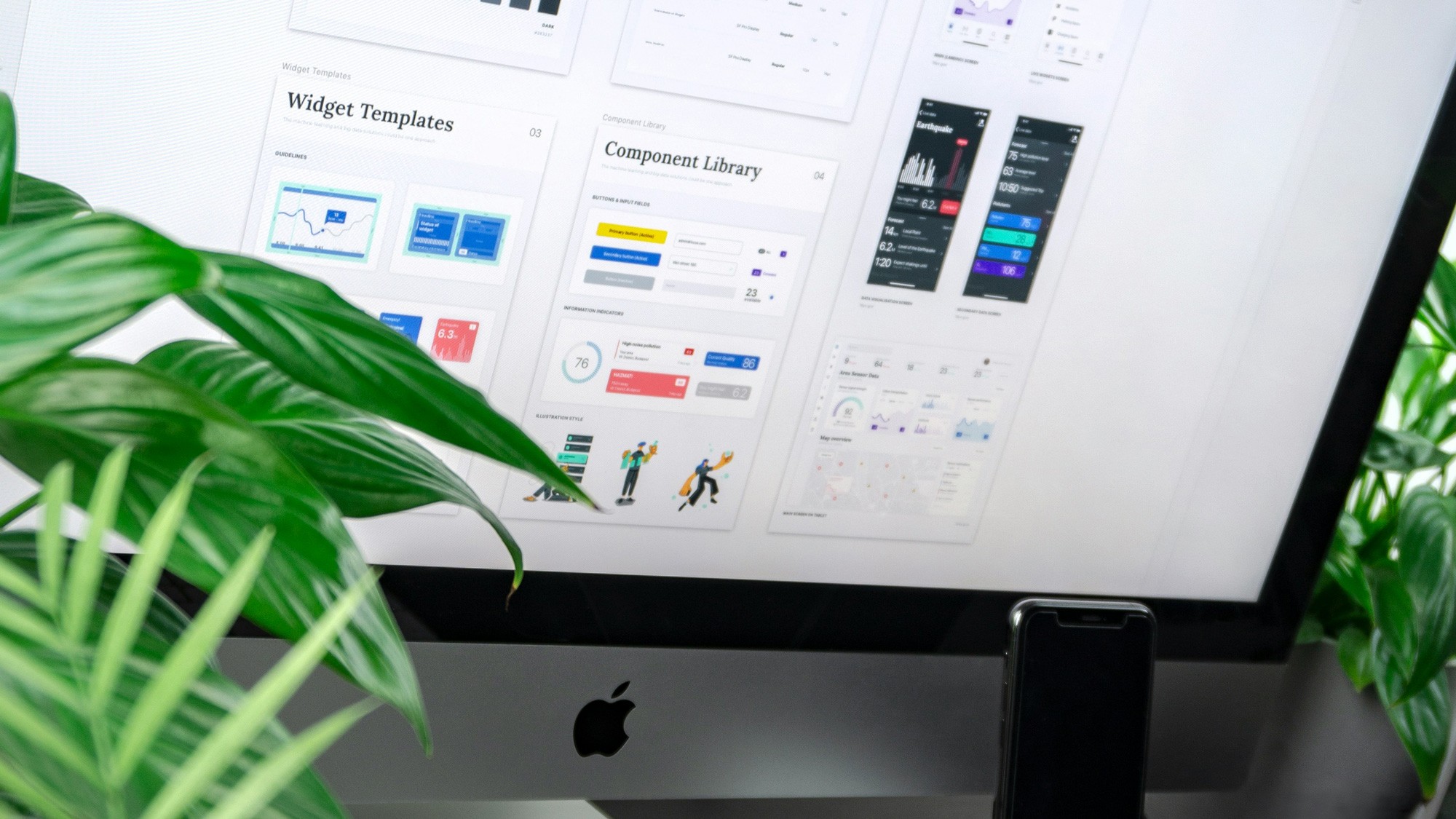How to outsource UX Design (User Experience)
When to hire, what skills to look for, and how to outsource UX successfully.
Product development involves three key functions: Product Management, Software Development, and User Experience Design. Product managers drive the product planning process. They define the product's features and ensure the development team executes the plan.
Software engineers develop software systems and applications using their programming skills. They collaborate with stakeholders to understand requirements and design solutions. They write code to implement these solutions, troubleshoot issues, and maintain and improve the software.
UX designers advocate for users and ensure products are easy to use, accessible, and enjoyable. Using research, design thinking, and design to create user-centered solutions that align with business goals and user needs.
What to consider with User Experience outsourcing?

Photo by Balázs Kétyi on Unsplash
How to outsource UI / UX Design services successfully
Are you looking for a specialized designer that can help with a specific part of your digital products? Different UX designers have different skill-sets, consider what you need to find high quality designers.
Types of UX design outsourcing to supplement your User Experience team
User Experience Researchers (UXR) - Focus on user needs, motivations, and preferences. User researchers analyze data, conduct user testing, and interview target audiences. Looking for patterns, understand user needs, and generate ideas for enhancing the user journey. Hire user researchers to understand your users better, and inform your design process.
Information Architects: They organize the content in apps to make it easy for users to find what they need. Information architects arrange information navigation through an app. Hire an information architect to make your app easy to use.
User Interface (UI) Designers: They design how an app looks and feels. UI Designers create layouts and interactive prototypes that look good and are easy to use. Outsource UI Design to make your app appealing and be user-friendly.
Interaction Designers (IXD): They focus on how users interact with an app and how the app responds. Interaction designers create user flows, layouts, and prototypes to show how the app works. Hire an interaction designer to make your app's interactions smooth and easy.
(Native) Mobile Designers: They design applications for mobile devices (iOS or Android). Mobile designers know the design standards for each platform. These standards make apps easier to use. Hire a mobile designer to create app experiences that match the phone system you're building for.
Product Designers: They are experts in all areas of user experience design. Product Designers combine their knowledge of UX design and product development. Hire a product designer if you need someone with a wide range of UX and product skills.
How to get compatible designs from a contractor
Consider if your team uses specific tools or processes. Look for designers who use compatible software and processes with your team. Maximize for design hand-off, consistency, and future work.
Common design tools
Figma is a design tool that available online. It lets people work together on designs and prototypes from anywhere. Figma offers tools to keep designs looking consistent. Many companies use Figma when they outsource UX/UI design.
Sketch is a design tool that uses shapes and lines to create app layouts and icons. The product is easy to use and has a lot of plugins to help designers. But Sketch only works on Mac computers, which can be a problem for outsourcing.
Adobe XD is another design tool that uses shapes and lines. It works on both Windows and Mac computers. Teams that already use other Adobe products often choose Adobe XD for outsourcing UX/UI design.
Framer is a design tool that uses code to create complex animations and interactions. The platform is popular among designers who want to create real websites. Companies that outsource UX/UI design sometimes use Framer for web design and advanced prototyping.
When is it more cost effective to outsource UX design
Getting help from experienced designers when you need it can be faster than hiring someone new. If you don't always need a UX designer, working with contractors or agencies might cost less than paying a full-time designer. Bringing in senior designers just for a project can be more budget-friendly than hiring them.
How to make your product new and exciting
Outside UX/UI designers can help your team by bringing in a fresh perspective. A new point of view can bring different ideas, current design trends, question what you've always done, and test new directions. Think of UX design freelancers as a way to get a second opinion on how your product feels to use.
Are you updating an existing product or designing a new one from scratch
Why are you making changes to your product? If you know what the goal is, you can communicate that to an external contractor. If they know the reason, they can come up with ideas that help you reach your goal. While keeping the important parts the same.
Designing something brand new is a fresh start. A designer can run discovery to build the first version of a product or feature.
How to set user experience designers up for success?
How to communicate expectations
Why are you hiring the user experience contractor? Align both parties with a clear set of goals and objectives. Focusing on why will let both sides leverage their expertise. Set realistic expectations based on your current product.
Why customer details are important
Share information about your target audience. Give the UX designer you hire lots of details about the people who will use your product. Share demographic details like age, occupation, interests, and challenges. This helps the designer create solutions that work well for your users and put their needs first.
What are your brand guidelines
Ensure consistent design by sharing your brand style guide. Provide the UX designer with your visual identity so they can match your brand. Specifically your color palette, icons, font, logo files, and any visual assets.
How to communicate existing features
Share details that shed light on the existing product / features. Communicate what works well, what needs improvement, and how people use it. Share user feedback and product data that can provide your designer context. The more info provided the better the outcomes.
What are the project constraints
Are there any technical limitations? Communicate what is out of scope, or any requirements they need to know about. These details may not be obvious to an outside designer. Include details about the target platform, integrations, and technical capabilities of your team.
Timeline and milestone expectations are vital to keep projects on track. Work together to create a clear schedule including: delivery timelines, review cycles, revisions, and final timelines. Facilitate clear expectations with the external team to reduce assumptions.
How to set up collaborative processes
You should clearly communicate your expectations to set both sides up for success. Discuss you in house design team's preferred communication channels, expectations, and meetings. Create opportunities to connect on project updates or changes that impact both sides. Smooth communication helps outsourced design teams collaborate effectively with your company.
Conclusion
If you decide to outsource ui / ux design follow these tips to set both sides up for success. Outsourcing partners give product teams access to specialized skills on demand. Follow best practices for engaging and collaborating with external designers. Leverage the power of outsourcing to support your team, and create great user experiences.
